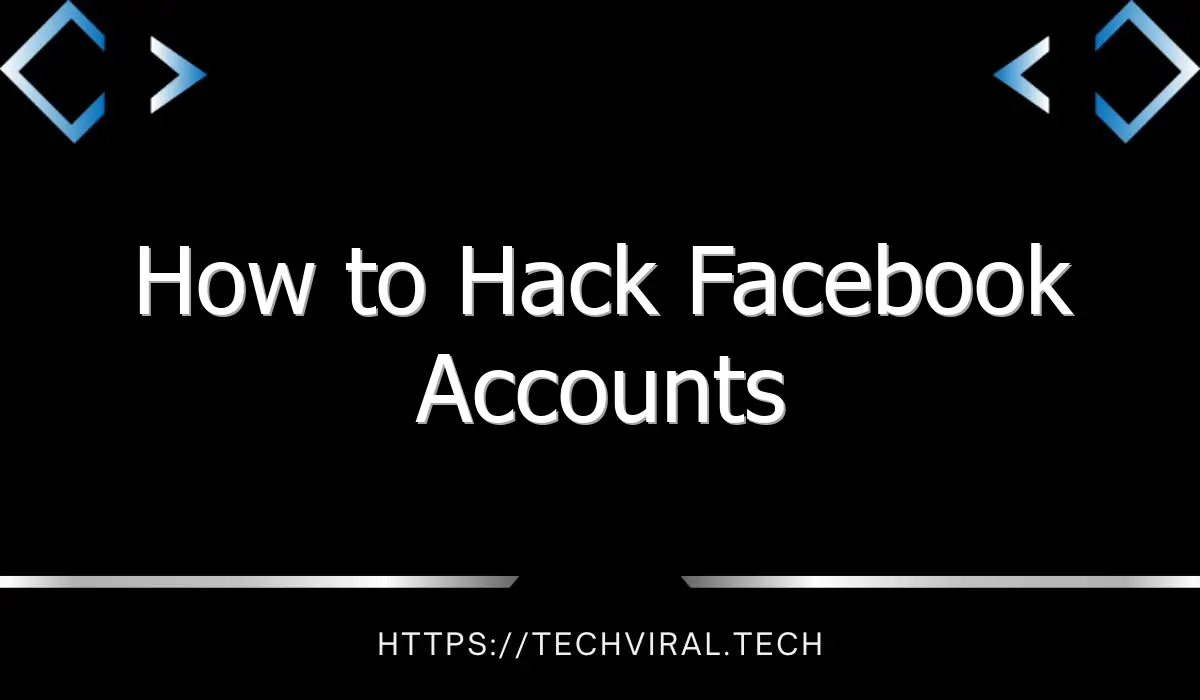How to Hack Facebook Accounts
How do you hack Facebook accounts? The first step in hacking Facebook accounts is knowing the target’s email address. Most people list their email addresses in the contact section of their profile. When you reset your password on Facebook, the procedure will ask you if you want to receive a text message or email. After you enter the new password, you should wait for a day to check your email. After 24 hours, you can then select the three friends you want to recover your account with.
One of the most common ways to hack Facebook accounts is by sending a phishing email. These emails will look like they are from a friend or acquaintance but are actually phishing scams. They attempt to get login information or personal information from the victim, and if you know how to hack Facebook accounts, you can avoid these scams. Other reasons to hack a Facebook account include: suspicions that your significant other is cheating on you, or simply wanting to know what your friends are doing.
Another way to hack Facebook accounts is by tricking your target into installing a browser extension. Once installed, the extension will store cookies in their browser sidebar. The goal is to gain partial control of the target’s account, but not enough to change passwords or post status updates. Fortunately, there are already several hacking extensions for different browsers. If you’re unfamiliar with programming, you can always look for a tutorial that explains the steps step by step.
The next way to hack Facebook accounts is to gain access to the victim’s account. After gaining access to the victim’s account, you must wait 24 hours before you can login again. You may also want to block the account owner from accessing your personal information. Then, if the attack does succeed, you can try a different method. You can attempt to hack a Facebook account by obtaining the victim’s password by phishing.
Another way to hack Facebook accounts is by using the man in the middle attack. This attack happens when you connect to a fake WiFi. This fake WiFi will ask you for your Facebook login credentials. The attacker can then use these credentials to log into other social networks. However, this method is only effective if you have the victim’s email address hidden. You should use a dedicated email address for Facebook. If you’re using a public WiFi, avoid listing it on your profile.
Another way to find out if your account has been hacked is to change the password and log out of all devices. If you can’t log in to your account, the hacker changed your password or had some other malicious intention. If you don’t know the password, it means someone has access to your account and will likely make posts and messages on your behalf. Changing your password is the first step in fixing a Facebook account hack.




